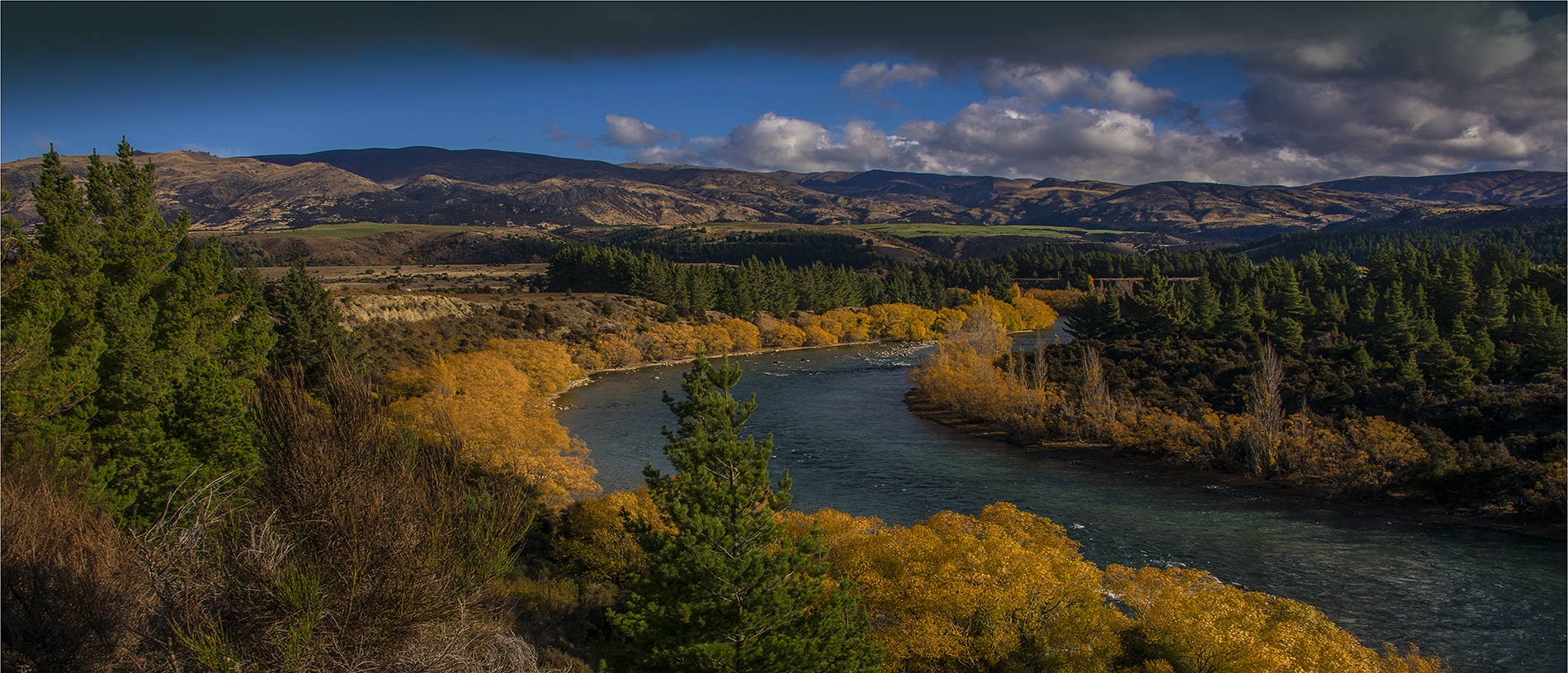
Nugget Point Tokatā walks
Enjoy dramatic coastal views from the Tokatā Lighthouse and spot seals, penguins and other seabirds on these short walks.

If you’re reading this you’re a certain kind of traveller: one who knows how the vagaries of unpredictable weather can enhance the magic of a place, how pristine accommodation and the enchantment of fine dining can distract one from getting beneath the skin of an area.
You understand this because you’re heading south, to one of the less-frequented but most beautiful wedges of the South Island: Clutha.
There’s little in the way of luxurious baubles to be found here. What there is is a wild edge to the landscape, a stoic solidity about the people who live here and spectacular natural beauty, especially along its coastal fringes
Inland, there’s a rich history from the days when miners flooded into the interior seeking their fortune in the unforgiving hills of Central Otago. The gold rush began with a find near Lawrence, which at the peak of those heady days was inhabited by over 11,000 people.
Clutha takes its name from (and is in many ways defined) by the mighty river that snakes through its heart.
The Clutha/Mata-Au, New Zealand’s biggest river by volume, crosses State Highway One at the region’s central hub, Balclutha. This town has all the retailers you’d expect in a busy rural centre and is a useful place for stocking up for adventures further afield.
From here it’s only half an hour to Kākā Point, a pretty little seaside village with a gentle beach sheltered from the southerly swell by the region’s most well-known natural attraction, the long peninsula that terminates in the stacked punctuation marks of The Nuggets.
It’s well worth following the trail of campervans out to the point and walking the short track to the lookout. From here you’ll see fur seals lolling around in the kelp, the ocean swells getting caught up around The Nuggets themselves and the long Clutha coastline laid out before you. This will likely be the most touristy spot you’ll find in the whole district, nevertheless, there are many days you’ll have it all to yourself.
Heading south, things begin to get wilder. You’ll find yourself weaving through farmland that deepens and darkens as patches of native bush begin sprouting up through the paddocks.
Ōwaka is a colourful little town that marks the last settlement of any real size before you plunge into the Catlins proper. 'Ōwaka' means 'the place of canoes'. In earlier times its connection to the coast via the Ōwaka River made it a busy spot for Māori boat traffic.
You can happily spend a few hours here looking around the small museum and the eccentric 'Teapotland'. There’s a couple of good places for a bite to eat in town as well.
From here on in, you’re roughing it. Gravel back roads lead through farmland to storm-lashed bays where the geology (layered sedimentary rocks from the time of the dinosaurs) seems to climb upon itself, piling up in defence of the land against the tyranny of the sea. There is an antiquity to this landscape; something that connects the visitor to a time in the planet’s history when weird giants stalked the earth, when plants had not yet learned to flower and the earth was green and warm.
Cellphone signals flicker pleasingly out of existence as you head for the coast. These are places for camping in your car or tent, cooking food over a gas stove while the waves roar in the darkness, places for throwing a line in off the rocks, surfing pristine waves or just walking the beach, keeping your eyes peeled for interesting bits of flotsam.
Further south still and the patches of austere timber have begun to creep into the sodden farmland, congealing into a forest proper and forming the last significant swathe of coastal native bush left on the South Island’s eastern side.
By the time you reach Papatōwai, at the southern edge of the district, you’re deep in it. This is spectacular country – long, wild beaches holding back the tide of forest and, of course, the sea, always the sea, grinding away at the land.
Papatōwai is the jewel of the Clutha District and was once an important Māori occupation site. Moa ovens and shell middens once found here testify to the richness of the area in earlier times. Make sure you leave this place with wet boots and sand all over the carpets of your car – these minor discomforts are your tickets to the raw beauty of the Catlins.
'Brooding, with occasional moments of fury' probably best describes the stormy days here. But watching a black front coming in across the sea and feeling the sting of its rain – that is part of what makes this region so exciting and so visceral.
And when the rain clears and the sun comes out and you have a Catlins beach to yourself under a teal blue sky, well.. I’m not telling you anything new – you already know this. That’s why you’ve come here.